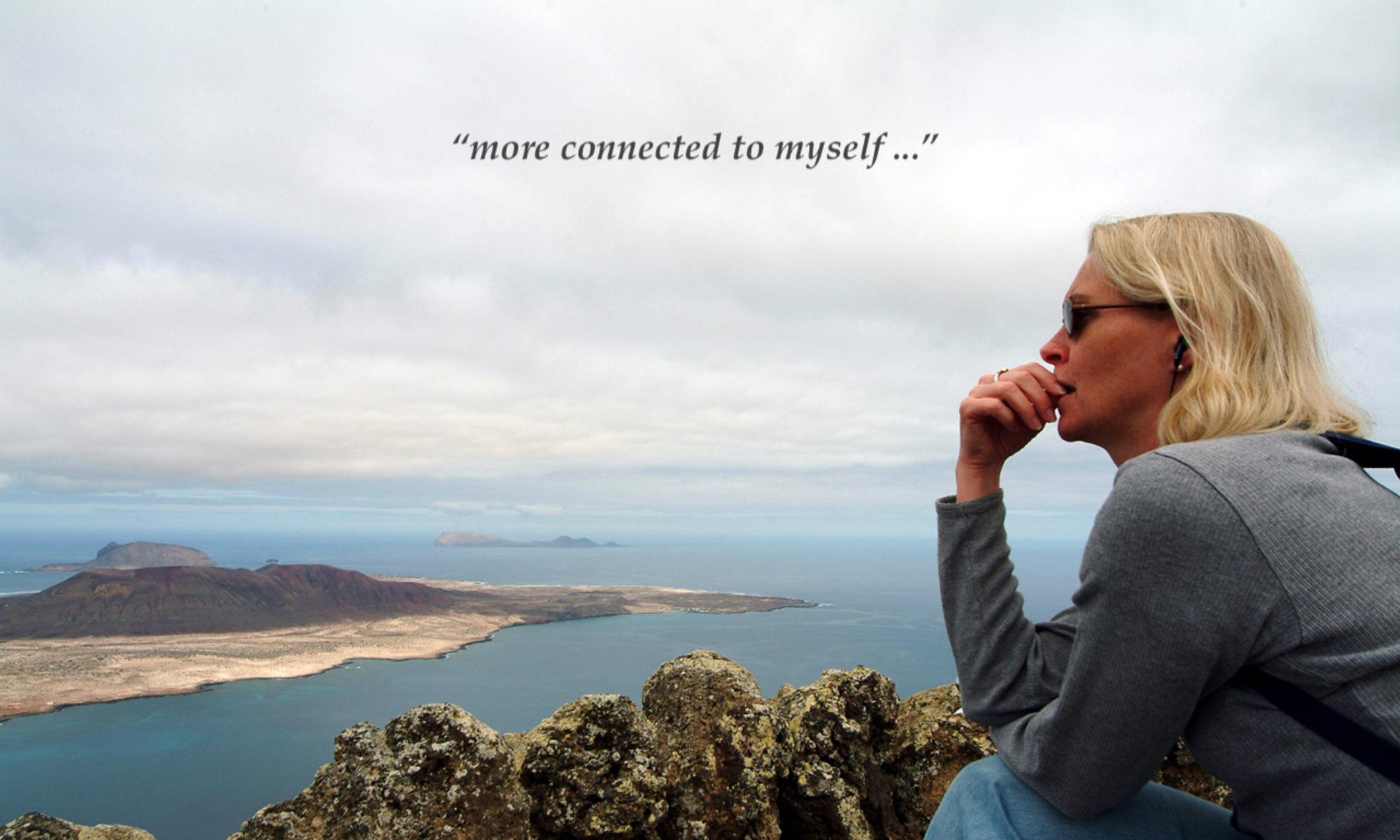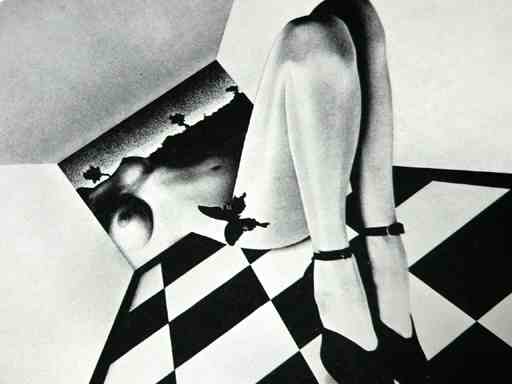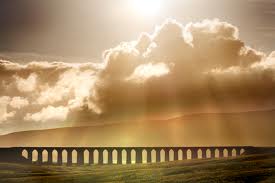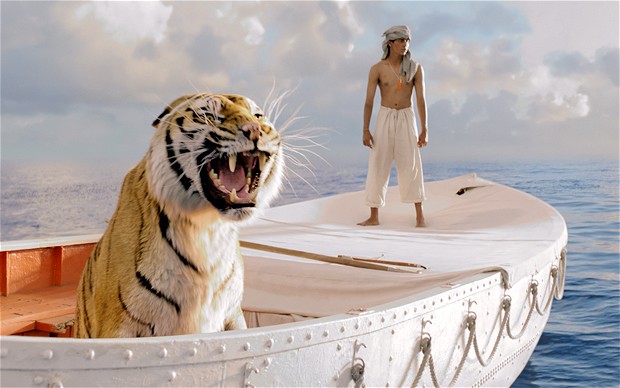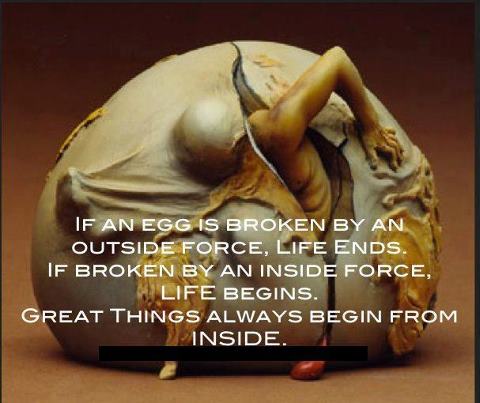“Remain true to yourself, but move ever upward toward greater consciousness and greater love. At the summit you will find yourselves united with all those who, from every direction, have made the same ascent. For everything that rises must converge.” Pierre Teilhard de Chardin
Meditation: “Saying the mantra is like greeting a line of silent monks on their way into the sanctuary.”
Via Integrativa
 Towards the end of the documentary about the passions of artist César Manrique which you can watch at his home in Haria, Lanzarote he lets slip an extraordinary statement. “I wasn’t born. I won’t die. Time is a creation of the mind.”
Towards the end of the documentary about the passions of artist César Manrique which you can watch at his home in Haria, Lanzarote he lets slip an extraordinary statement. “I wasn’t born. I won’t die. Time is a creation of the mind.”
Manrique was an artist (born and died on the island), sculptor, architect, eco-activist and bon viveur whose personal mantra was ‘nature-art art-nature’. He practised in his art, his politics and his life a strong conviction that we must co-habit sensitively with our precious environment and even built his first house not only on a lava flow but under the lava flow in five lava bubbles or ‘burbujas’. This is where the Via Integrativa meditation walk on The Five Paths is conducted.
I don’t know if Manrique also practised meditation but through his connection with nature and his almost mystical – one might say shamanistic – earth paintings he definitely explored and inhabited the timeless dimension you can experience in meditation. One without a second.
The great thing about meditation is anyone can do it. You don’t need to enrol on a course and you don’t need to pass an exam. No-one is excluded from investigating their own consciousness. It lies there – hidden in plain sight – below the surface of things awaiting discovery and exploration. To my mind it is the last great uncharted territory of human activity. We have Hubble to explore the galaxies. We have MRI scanners to explore anatomy. You don’t need an expensive telescope or body scanner to explore your own consciousness. You only need time. And a cushion. And one of the most pleasant surprises is the timelessness and deep peace that is discovered when you learn to quiesce the thinking mind. It is similar to the state you find yourself in when you get so absorbed in a pleasant (often manual) task that you “lose all sense of time.”
I would distinguish five states of consciousness: sleeping, dreaming, day dreaming, waking with directive thought, waking with non-directive thought. Only one of these is practised with a sense of time. All of the others are practised ‘out of time’ – an altered state of consciousness. Some people refer to meditation as moving to a higher state of consciousness but it gives me a sinking feeling – my centre of being sinks from the head into the heart or ‘the cave of the heart’ as French crossover Benedictine/swami Henri le Saux likes to call it. Following in the footsteps of Ramana Maharshi, the renowned self-realised advaita sage, he spent many days in the caves of Arunachala mountain in Tiruvannamalai, Tamil Nadu which you can read about in his spiritual diary ‘Ascent to the Depth of the Heart.’ You won’t find it on Amazon – its extremely rare and he uses his sanyasin name Abhishiktananda.
When I first arrived in Tiruvannamalai or Tiru as regulars call it I visited the four towering temples in town – a cross between ziggurats and the Aztec temples in Mel Gibson’s Apocalypto – and was immediately drawn to an underground chamber with a line of devotees entering down narrow stone steps. At the bottom there was a tiny chamber with shiva lingam altar being sprinkled with rice, milk and petals by an orange robed monk who I noted had two leather pouches on his belt – one for the money offerings and one for his mobile phone. I slumped on my haunches in the corner and sunk into what I can only describe as a waking trance. I was completely conscious but completely out of time. After a couple of hours which passed by in what seemed minutes he took me for lunch of thali and lassi and we returned to repeat the experience. I was amazed to read in Abhishiktananda’s diary in the ashram library the next day that he had had the exact same experience in the underground chamber when he first arrived in Tiru. I’m not planning to change my name yet though.
Maybe the title of his diary describes meditation best after all – Ascent to the Depth of the Heart.
“Awakening is attained when I have realized that the centre is as truly everywhere as it is in ‘myself’. And God himself is not this centre, for God is without place, as he is without time.” Abhishiktananda, Ascent to the Depth of the Heart p. 49
